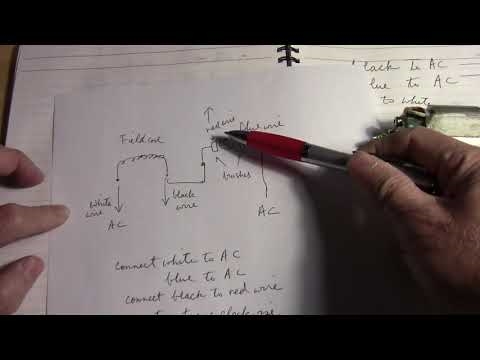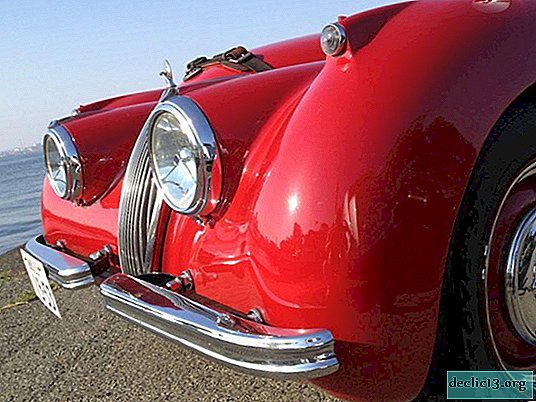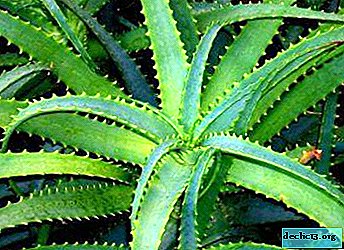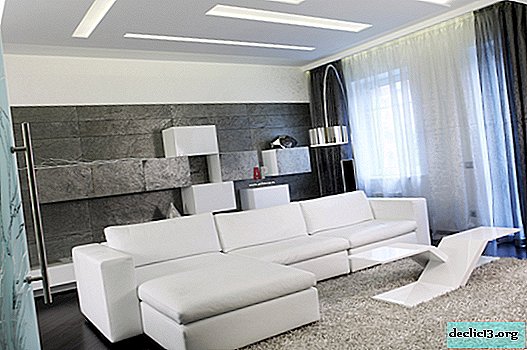Mount Zion in Jerusalem - A Holy Place for Every Jew
One of the sacred places for the Jewish people is Mount Zion - a green hill, on top of which passes the southern wall of the Old City of Jerusalem. Zion is dear to the heart of every Jew, not only as a place with ancient historical monuments, but also as a symbol of unity and God's chosen people of the Jewish nation. For many centuries, the flow of pilgrims and tourists has not run dry towards Mount Zion. People of different faiths come here to worship shrines or simply touch the ancient history of the Holy Land.
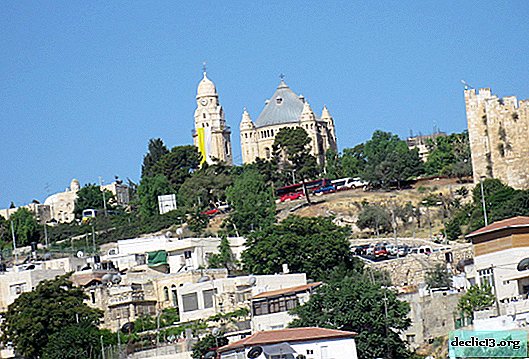
General information
Mount Zion in Jerusalem is located on the south side of the Old City, with the Zion gates of the ramparts facing its peak. The gentle green slopes of the hill descend to the valleys of Tyropeon and Ginnom. The highest point of the mountain is located at an altitude of 765 m above sea level and is crowned by the bell tower of the Assumption of the Blessed Virgin Monastery, visible from different points of Jerusalem.

Here are some of the most important historical monuments, including the tomb of King David, the venue of the Last Supper and Assumption of the Mother of God, as well as other shrines.
The location of Mount Zion on a map of Jerusalem.
History reference

The name Zion has a history of more than three thousand years, and at different times Mount Zion on the map changed its position. Originally it was called the eastern hill of Jerusalem, the fortress built on it by the Jebusites bore the same name. In the 10th century BC Zion fortress was conquered by the king of Israel David and renamed in his honor. Here, in rocky caves, kings David, Solomon and other representatives of the royal dynasty were buried.
 David
DavidIn different historical periods Jerusalem was conquered by the Romans, Greeks, Turks, and the name Zion passed on to the various heights of Jerusalem. It was worn by Opel Hill, the Temple Mount (II-I century BC). In the 1st century AD e. this name passed to the western hill of Jerusalem, according to historians, it was associated with the destruction of the Jerusalem temple.
To date, the name Zion has been attached to the southern slope of the western hill, bordering the southern fortress wall of Old Jerusalem, which was erected by the Turks in the 16th century. The Zion gate of the ramparts is at the top of the mountain. Here is located most of the attractions of this holy place.

For the Jewish people, which, due to historical reasons, was scattered around the world, the name Zion became a symbol of the Promised Land, the native home in which they dreamed of returning. With the creation of the state of Israel, these dreams came true, now Jews can return to where Mount Zion is, and regain their lost historical homeland.
What to see on the mountain
Not only for Jews is the shrine of Mount Zion. The historical roots of Judaism and Christianity are closely intertwined here. The name of Mount Zion is mentioned both in the national anthem of Israel, and in the famous Christian song "Mount Zion, the holy mountain," written at the beginning of the 20th century. The sights of Mount Zion are associated with names dear to every Christian and Jew.
Church of the Assumption of the Blessed Virgin MaryThis Catholic temple on top of Zion belongs to the monastery of the Assumption of the Blessed Virgin Mary. It was erected in 1910 on a historical site - the remains of the house of John the Theologian, in which, according to church tradition, the Blessed Virgin Mary lived her last years. Since the V century, Christian temples were erected on this site, which were subsequently destroyed. At the end of the 19th century, this site was bought by German Catholics and in 10 years they built a temple, in the shape of which the features of the Byzantine and Muslim styles intertwined.

The temple is decorated with mosaic panels and medallions. The shrine of the temple is a preserved stone, on which, according to legend, the Blessed Virgin Mary appeared. It is located in the crypt and is located in the center of the hall. On the stone lies a sculpture of the Virgin, surrounded by six altars with images of saints donated by different countries.

The temple is open for visiting:
- Monday-Friday: 08: 30-11: 45, then 12: 30-18: 00.
- Saturday: until 17:30.
- Sunday: 10: 30-11: 45, then 12: 30-17: 30.
Free admission.
Armenian church
Not far from the monastery of the Assumption of the Blessed Virgin Mary is the Armenian Monastery of the Savior with a church built in the XIV century. According to legend, during the life of Jesus Christ, a house was located here, where he was arrested before trial and crucifixion. It was the home of the high priest Caiaphas.
The well-preserved decoration of the church conveys to us the unique Armenian ceramics, which are richly decorated with floors, walls, arches. Painted tiles with all kinds of ornaments are made in bright, and at the same time very harmonious colors. In the seven centuries that have passed since the construction of the church, they have not lost the saturation of colors.
In the Armenian church are the Great Tombs of the Armenian Patriarchs, who at different times led the Armenian Church in Jerusalem.
The Armenian Church is open to visitors daily 9-18, Free admission.
Church of st. Petra is located behind the wall of Old Jerusalem on the east side of the mountain. It was built by Catholics in the early 30s of the twentieth century on the site where, according to legend, the apostle Peter renounced Christ. The word Gallicant in the title means “cry of a rooster” and refers to the text of the New Testament, where Jesus foretold Peter's threefold renunciation of him before the cocks shout. The gilded figure of a rooster is decorated with the blue dome of the church.

Previously, temples were erected and destroyed on this site. They preserved stone steps leading to the Kedron Valley, as well as a crypt - a basement in the form of caves in which Jesus was kept before the crucifix. The lower part of the church of one of the walls is attached to a rocky ledge. The church is decorated with mosaic panels of biblical themes and stained glass windows.
In the church courtyard there is a sculptural composition that reproduces the events described in the Gospel. Nearby is an observation deck from which you can take beautiful photos with views of Mount Zion and Jerusalem. Below are the remains of ancient buildings.

- Peter's Church in Gallicantu is open to the public daily.
- Opening hours: 8: 00-11: 45, then 14: 00-17: 00.
- Admission price 10 shekels.
At the top of Zion is a Gothic building dating from the 14th century, which houses two shrines - Jewish and Christian. On the second floor is the Zion's room - the room in which the Last Supper was like, there was the appearance of the Holy Spirit to the apostles and some other events related to the resurrection of Christ. And on the lower floor there is a synagogue, in which there is a tomb with the remains of King David.

In a small room of the synagogue stands a covered stone sarcophagus, in which the remains of the biblical king David are resting. Although many historians are inclined to believe that the burial place of King David is in Bethlehem or in the valley of Kedron, many Jews come to worship the shrine daily. Inbox is divided into two streams - male and female.

Entrance to the synagogue is free, but ministers ask for voluntary donations.
The chamber of the Last Supper is open to visitors daily.
Working hours:
- Sunday-Thursday: - 8-15 (summer to 18),
- Friday - until 13 (in the summer until 14),
- Saturday - until 17.

On Mount Zion in Jerusalem, there is a Catholic cemetery where Oscar Schindler, known throughout the world for the feature film Schindler's List, is buried. This man, being a German industrialist, during the Second World War saved about 1,200 Jews from death by redeeming them from concentration camps, where they faced imminent death.
Oscar Schindler died at the age of 66 in Germany, and according to his will, was buried on Mount Zion. The descendants of the people he saved and all the grateful people come to bow to his grave. According to Jewish tradition, stones are placed on a gravestone as a sign of remembrance. The grave of Oscar Schindler is always strewn with pebbles, only the inscriptions on the stove remain free.Find out RATES or book any accommodation using this form
Interesting Facts
- The earliest mention of the city of Jerusalem is not found in the Bible, but on the ceramic tablets of the ancient Egyptians in the list of other cities, written almost 4 thousand years ago. Historians believe that these were texts of curses addressed to cities dissatisfied with the Egyptian reign. These inscriptions were of mystical significance, Egyptian worshipers wrote curse texts on ceramics for their enemies and performed ritual actions on them.
- Although Peter, after renouncing Christ, was forgiven, he mourned his betrayal all his life. According to ancient legend, his eyes were always red with tears of remorse. Each time he heard the midnight cry of a rooster, he fell to his knees and repented of his betrayal, shedding tears.
- King of Israel David, whose tomb is on the mountain, is the author of the Psalms of David, which occupy one of the main places in the Orthodox worship.
- Oscar Schindler, buried on Mount Zion, saved 1,200 people, but much more people were saved. 6,000 descendants of the rescued Jews believe that they owe him their life and call themselves "Schindler Jews."
- The surname Schindler became a household name, it refers to all who saved many Jews from genocide. One of these people is Colonel Jose Arturo Castellanos, who is called the Salvadoran Schindler.
 Oscar Schindler
Oscar SchindlerMount Zion in Jerusalem is a cult place for Jews and Christians, it is a must visit for all believers and those interested in history.

